How to Spend Two Days in Sequoia and Kings Canyon National Parks: A First-Timer’s Guide
Sequoia and Kings Canyon National Parks are nestled in the stunning scenery of the Sierra Nevada and are home to the impressive giant sequoias — the largest trees in the entire world. Technically, they are two separate parks, yet they’re jointly managed and right next to each other, making it easy to travel between them.
There are plenty of trails to explore, ranging from very accessible and easy to remote and challenging. While these incredible trees are reason enough to visit Sequoia and Kings Canyon National Parks, there’s much more to see—granite mountains, waterfalls, abundant wildlife, valleys, or canyons with raging rivers.
In this guide, I’ll show you how to spend two days in Sequoia and Kings Canyon National Parks that allow you to explore different areas and features.
Table of Contents
First Day: General Sherman Tree, Tokopah Falls & the Nation’s Christmas Tree
Second Day: Hiking in the Cedar Grove Area (Mist Falls Trail)
In a Nutshell: Bears in California
In a Nutshell: Park History & Giant Sequoias
Vast Wilderness
Spanning 1,353 square miles, with 97% designated as wilderness.
Popular Destination
Over 1.5 million visitors annually (both parks together). Please find statistics here.
History
- A Unique Mission: Sequoia National Park was the first national park created to protect a living organism—the giant sequoia trees (Sequoiadendron giganteum). Signed into law by President Benjamin Harrison on September 25, 1890. By that, Sequoia National Park shares its birth year with Yosemite. General Grant National Park (today: Kings Canyon National Park, see below) formed a week later, expanding Sequoia.
- Creation of Kings Canyon National Park: In 1940, President Franklin D. Roosevelt and Congress established Kings Canyon National Park, incorporating General Grant National Park.
- Joint Administration: Post-WWII, Kings Canyon and Sequoia are jointly managed.
Please read more on the National Park Service website.
Giant Sequoias
Habitat and Growth Requirements
- Native Range: Giant Sequoias only grow at elevations between 5,000 and 8,000 feet on the western slope of the Sierra Nevada in California. They have been successfully transplanted to Europe and Australia, but will only reseed in their native range!
- Fire Dependency: Need fires to produce mineral-rich soil that is essential for their seeds to germinate.
Impact of Climate Change
As noted by John Muir, giant sequoias are generally very resilient (read more here):
“I never saw one that was sick or showed the slightest sign of decay. Barring accidents, it seems to be immortal. It is a curious fact that all the very old sequoias had lost their heads by lightning strokes. […] So far as I am able to see at present only fire and the ax threaten the existence of these noblest of God's trees. In Nature's keeping they are safe, but through the agency of man destruction is making rapid progress, while in the work of protection only a good beginning has been made […].”
- While human logging no longer threatens these trees, man-made global warming poses a severe risk.
- Until 2020, giant sequoias seemed pretty resilient to fires.
- However, the Castle Fire in 2020 alone destroyed an estimated 10-14% of the entire Sierra Nevada population of sequoias over 4 feet in diameter, some of which had been living for up to 3,000 years.
Protective Measures
- To combat the threat of intense fires, the National Park Service employs prescribed burns to help remove excess vegetation and dead plant material that can accumulate on the forest floor. This buildup of "fuel" can lead to more intense and uncontrollable wildfires if left unmanaged.
- In 2021, many giant sequoias were wrapped in protective aluminum material as the KNP Complex Fire approached.
- Man-made climate change fuels the overall fire risk and weakens the giant sequoias, which must cope with a rapidly increasing rate of extreme conditions. Therefore, reducing human-caused carbon emissions is essential to limit global warming and its effects.
Itinerary: First Day
General Sherman Tree
The Sherman Tree Trail leads through a grove of giant sequoias and takes you to the largest tree on Earth.
John Muir on Giant Sequoias
So harmonious and finely balanced are even the mightiest of these monarchs in all their proportions that there is never anything overgrown or monstrous about them. Seeing them for the first time you are more impressed with their beauty than their size, their grandeur being in great part invisible […] When you approach them and walk around them you begin to wonder at their colossal size […] No description can give anything like an adequate idea of their singular majesty, much less of their beauty.
How overwhelming must that moment have been to stumble across these massive trees without even slightly knowing about their existence beforehand? Standing in front of them is humbling, feeling satisfyingly small and insignificant as a creature among them. Thinking of what has happened in human history since the oldest of them started growing gives one a sense of their hardiness and age: Some of them have been around since Ancient Greece, living through the rise and fall of the Roman Empire, the Middle Ages, the Industrial Revolution, and into our highly technological world today.
Giant sequoias are the largest trees measured by their sheer mass. If there is one thing that should not be missed during a first visit, it is seeing the largest tree on Earth with your own eyes: the General Sherman Tree. Trying to make sense of its size and the times it has withstood, patiently standing in this very place for hundreds and even thousands of years, is an awe-inspiring experience.
To be more precise, the General Sherman Tree is the largest living organism by volume in the entire world! Estimated to be 2,700 years old, it has an impressive ground circumference of 102.6 feet (31.1 meters). Even though sequoias are not the tallest trees on Earth, they still grow to dizzying heights—the General Sherman Tree, for example, is 274.9 feet (83.8 meters) tall.
Trail Info
The Sherman Tree trail goes about half a mile (0.8 km) one-way down to the tree. The parking lot is off Wolverton Road (you can follow signs or navigate to the trailhead using AllTrails). The paved trail is short and easy with a few stairs. Several exhibits along the trail explain the history of the sequoias.
For those with a disability, there is a small lot along the edge of the Generals Highway (disability parking placards needed). In summer, there is also a shuttle running to the accessible trail.
The General Sherman Tree is so massive that its size is best understood by experiencing the humbling feeling of standing in front of it.
Tokopah Falls
A beautiful second, slightly longer hike in the area after seeing the General Sherman and other massive giant sequoia trees, is the Tokopah Falls trail. The trail leads through a valley shaped by glaciers. Here, you can see colorful wildflowers in early summer, wildlife big and small (ladybugs, butterflies, deer, and even bears frequent this area), dip your feet into the water, and admire a pretty waterfall at the end of the trail. The trailhead is just a ten-minute drive from the Sherman Tree main parking lot, very close to the Lodgepole Visitor Center.
Trail Info
The trail is a 3.8-mile out-and-back trail with a 626-foot elevation gain (moderately challenging). You’ll need about 2 hours to complete it (or longer, depending on how much time you want to spend enjoying the refreshing waterfall and creeks). This is a busy trail in summer with easy navigation. You can find the trail info and navigation on AllTrails.
Upper picture: Tokopah Falls in mid-June. The waterfall may be stronger earlier in the year or after a winter with a heavy snowpack (which wasn’t the case when this picture was taken).
Lower pictures: some additional highlights, smaller in size, of the trail in late spring and early summer: wildflowers, ladybugs, and butterflies.

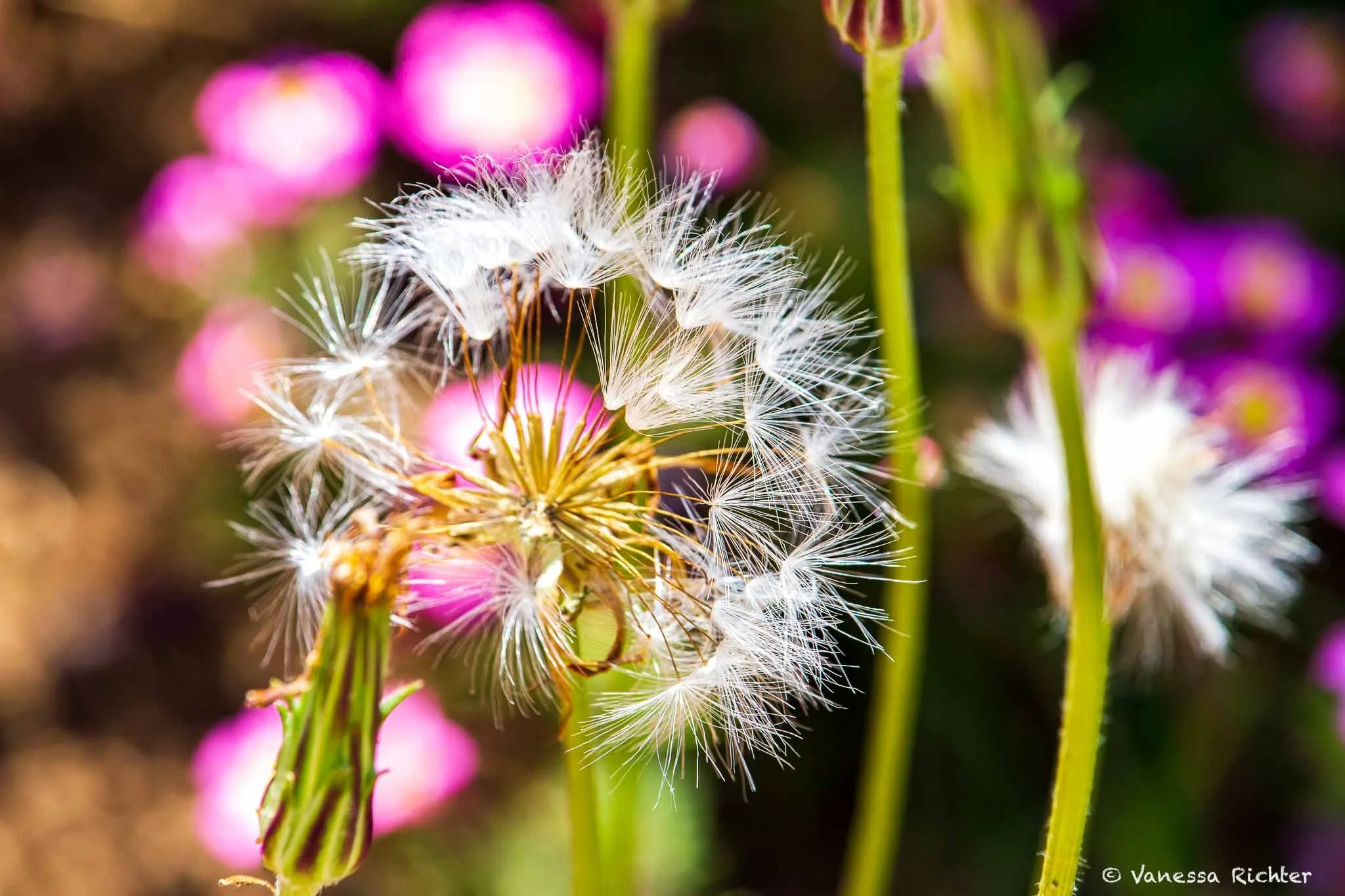

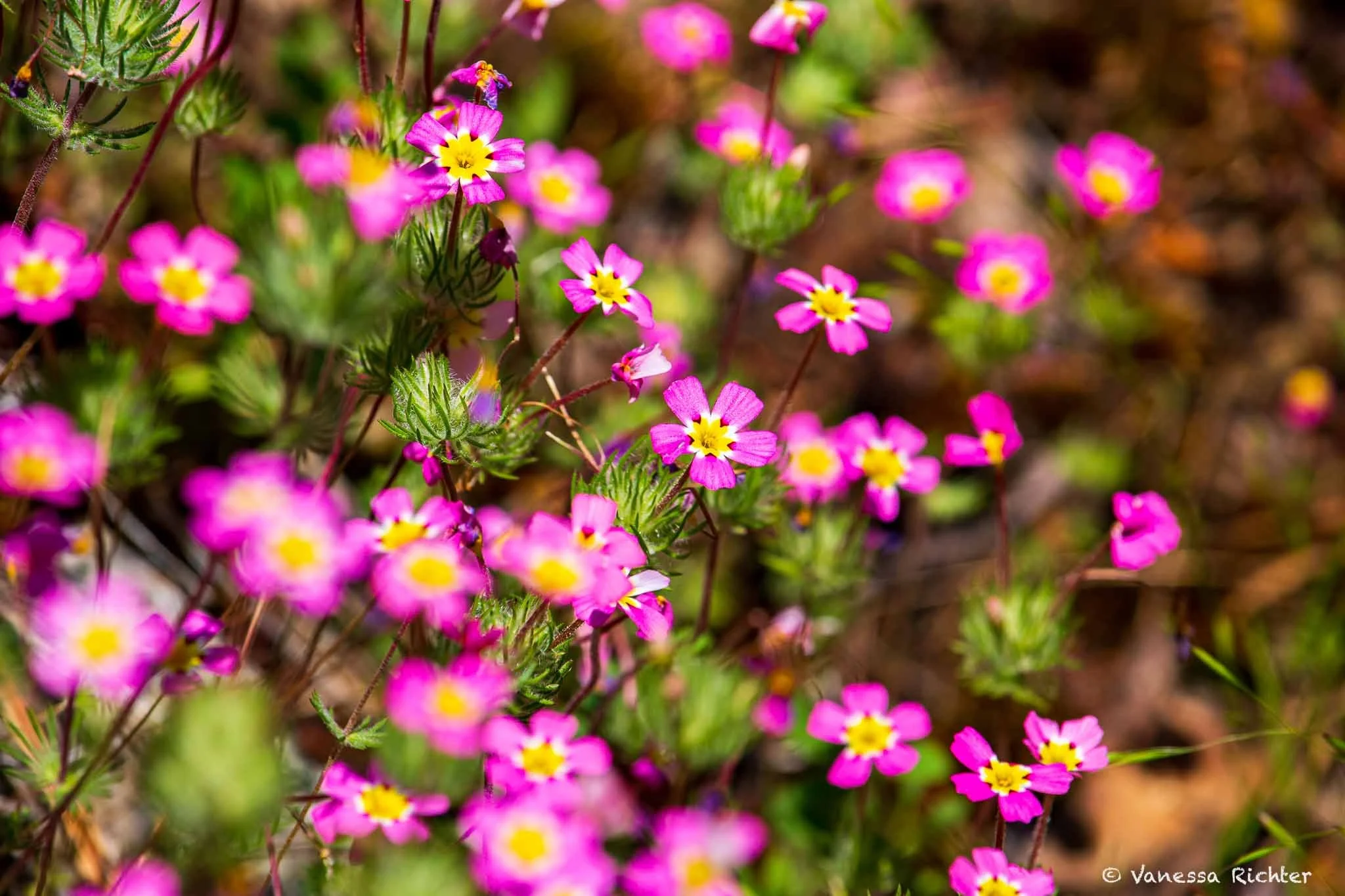
General Grant Tree: The World’s Second Largest Tree & the Nation’s Christmas Tree
Notice how small the cars appear in relation to these massive Giant Sequoias at the entry of the Grant Grove.
By making your way to a different area in Kings Canyon National Park, the Grant Grove of Sequoias is a great stop for the evening when the sun is setting, beautifully illuminating the crowns of the massive trees and with fewer people on the trail. The grove is home to the second largest tree (again by volume) in the world — the General Grant Tree — after the General Sherman tree.
It has also been proclaimed the Nation’s Christmas Tree for almost a hundred years now. In 1924, R.J. Senior visited General Grant National Park and, inspired by a little girl's remark about the Grant Tree being a wonderful Christmas tree, he initiated the first Christmas program at the tree in 1925 with the help of Charles E. Lee. Their efforts led to President Calvin Coolidge designating the General Grant Tree as the Nation's Christmas Tree on April 28, 1926. The annual "Trek to the Tree" Christmas ceremony continues to be held, organized by the Sanger Chamber of Commerce on the second Sunday of December.
Learn more about the grove on the website of the National Park Service.
Trail Info
The General Grant Trail is a short and easy 0.7-mile (1.1 km) loop trail. You can find the trail information on AllTrails.
Itinerary: Second Day
The itinerary for the second day is short and sweet, with just a single, longer scenic hike that takes between 3-5 hours, depending on how long you stop for photos and breaks. We found this perfect, as we had to drive home for about 5 hours afterward.
Mist Falls Trail (Cedar Grove Area in Kings Canyon National Park)
The Mist Falls Trail is one of my favorite hikes in the Sierra Nevada. The landscape is incredibly diverse, with abundant wildlife. For this trail, it definitely holds true that it is not only about the destination but rather the journey itself.
The trail initially passes through a sandy area, leading to large meadows with smaller, younger trees and taller, older trees, all set against the backdrop of granite rocks typical of the Sierra Nevada. As you continue, you'll suddenly find yourself in a shaded wetland area with entirely different vegetation. You'll ascend uphill and eventually be rewarded with a breathtaking mountain panorama, always following the river to the waterfall at the end.
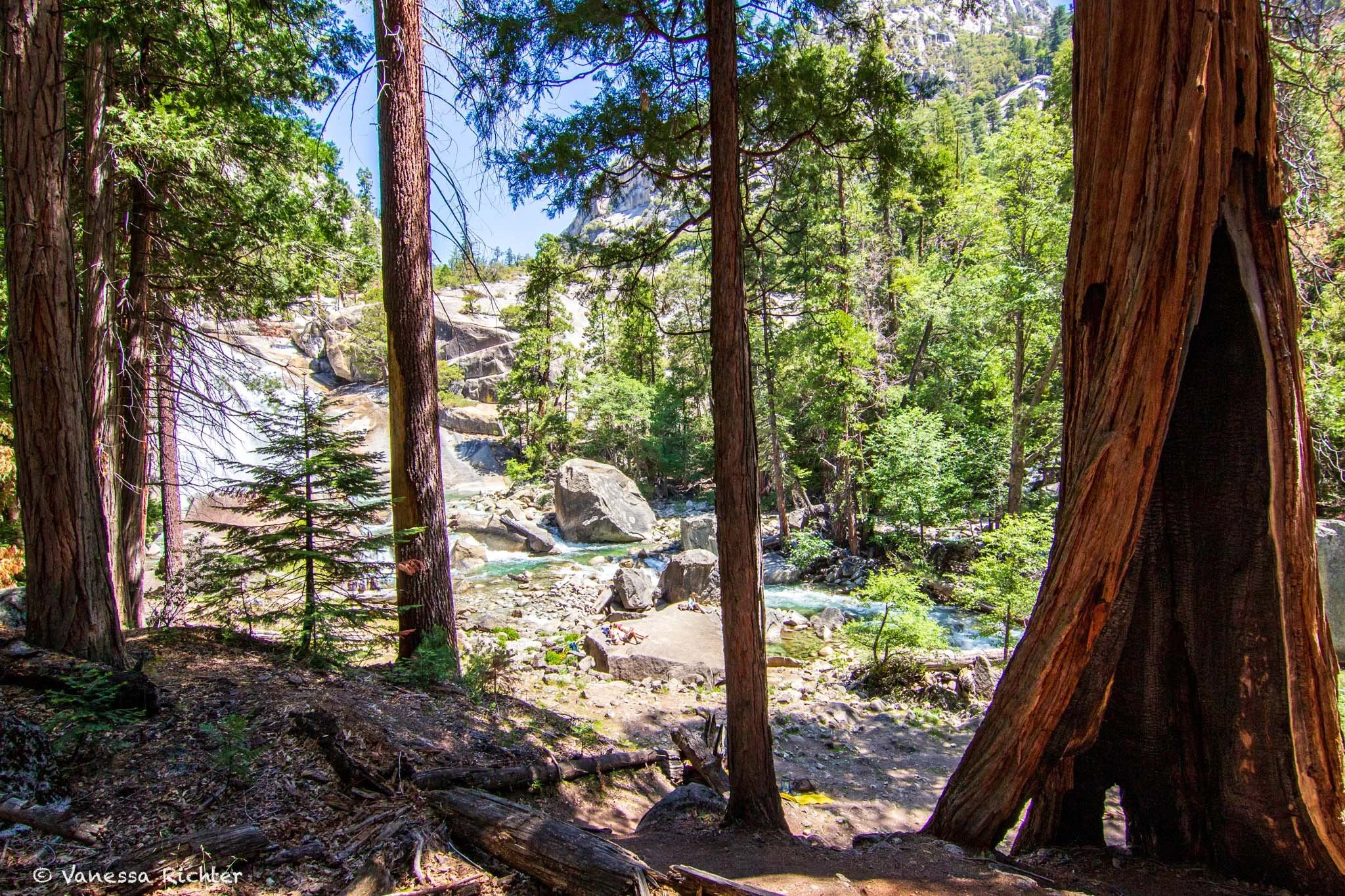


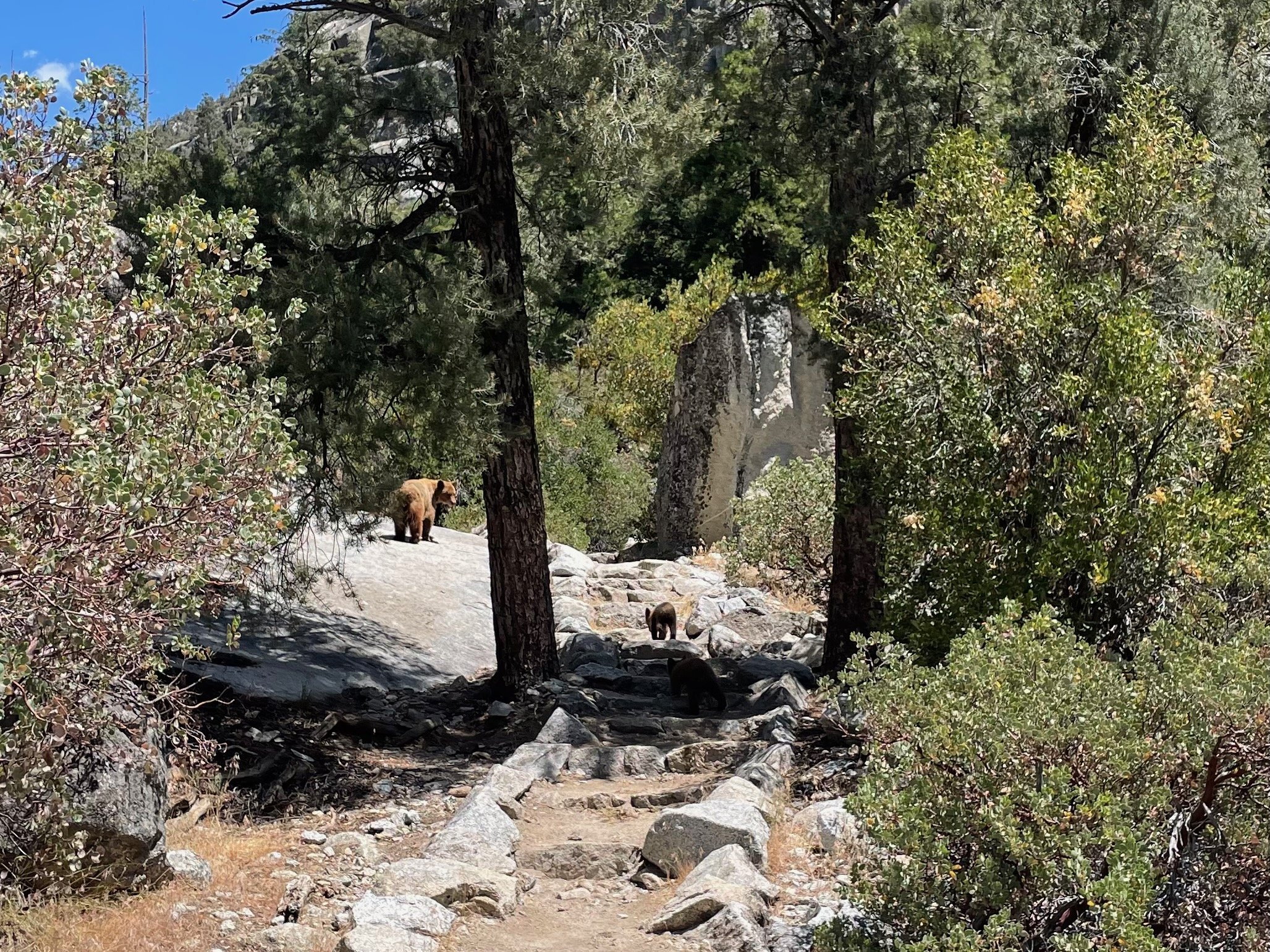
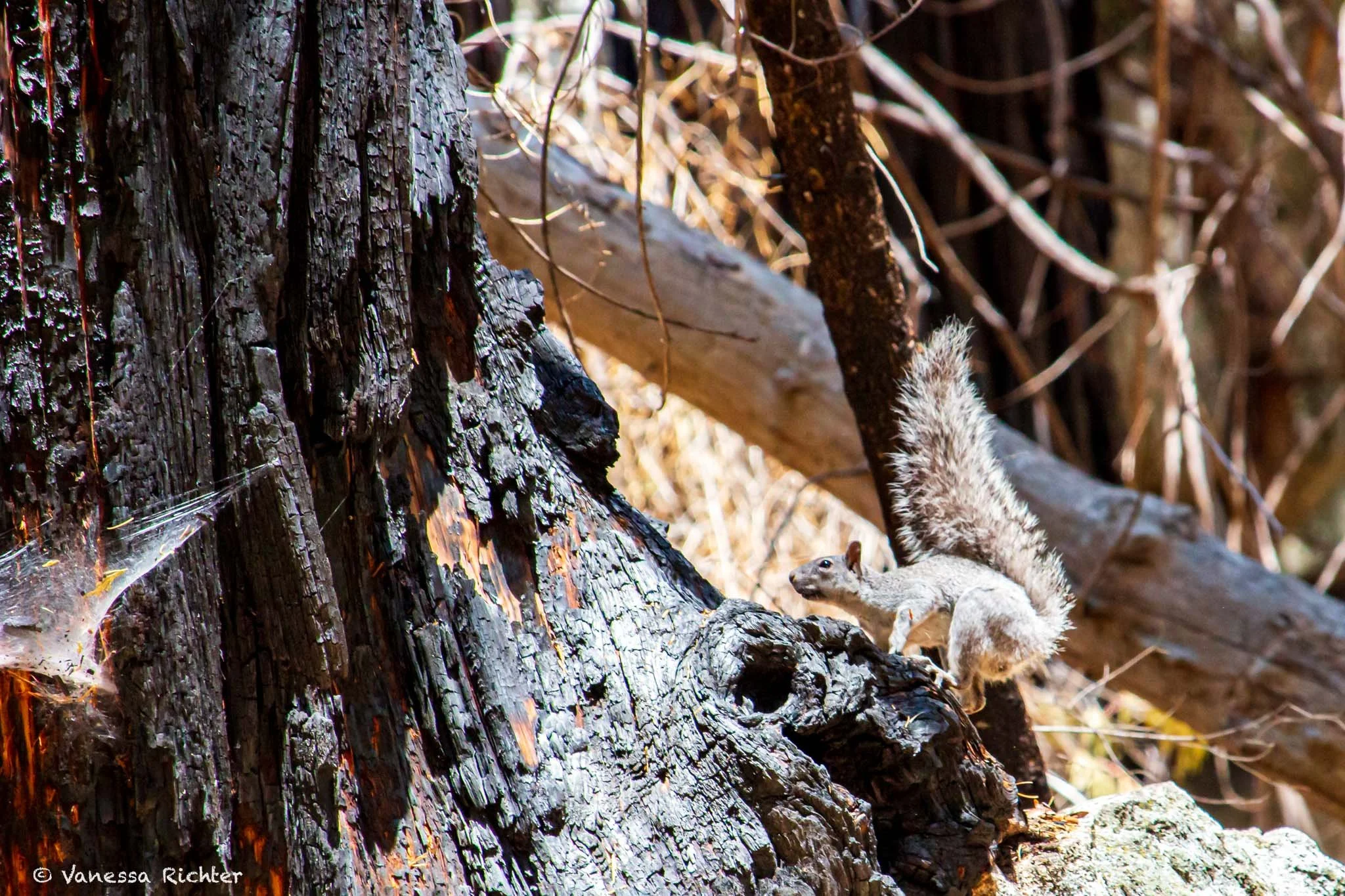
Trail Info
The hike, located in Kings Canyon National Park, follows the Paradise Valley Trail, spanning 7.8 miles with an elevation gain of 875 feet, and is an out-and-back route.
I highly recommend starting rather early in the summer, as it gets hot later in the day and there are many areas with no shade. We found starting around 8am to be a good time.
You can find a map and hiking details on AllTrails.
This area is also very popular for backpacking, so if you’re interested in doing an overnight trip deeper into the wilderness, check out how to get a permit here.
As of the end of June 2024, the trail can be accessed again after being closed for more than 1.5 years due to severe road damage leading up to the parking lot. Conditions can change, so please check current conditions on the NPS website.
The trail has lots of wildlife. Bears and rattlesnakes are frequently seen.
Bring bugspray as there is a lot of mosquito activity in early summer.
I have written a detailed article about this trail if you are interested in the full experience:
In a Nutshell: Bears in California
California is home to black bears, which can vary in color and may include brown variations, including even cinnamon or blond shades — so brown black bears are black bears too! They are smaller than brown bears (such as grizzlies), are generally less aggressive and lack the distinctive hump seen in grizzlies.
The grizzly, California's state animal, in fact became extinct in California in the 1920s due to habitat loss and hunting.
FAQ
How should I behave if a bear seems to have noticed me and shows ‘interest’ (or even starts to approach)?
- Make yourself big and make noise (scream). Back away slowly and do not run.
- If you’re in a group, stay together to appear bigger.
- Don’t throw food or anything, as that might lead to this bear losing its fear of humans and becoming accustomed to human food.
What should I do in the rare event of a black bear attack?
The National Park Service recommends the following: If a black bear attacks, fight back by attacking the bear’s face! Conversely, playing dead is recommended for grizzly bear encounters (which are extinct in California), but fight back if that does not help.
Is carrying bear spray a good idea for protection? Is it legal?
Bear spray is generally legal in California, yet prohibited in Yosemite, Kings Canyon, and Sequoia National Parks. It can be debated whether this is a good idea. I believe that the reasoning behind this is that black bears are typically not a threat to humans if not accustomed to them. Plus, there haven’t been any fatalities in California’s national parks. Therefore, the risks are higher than the benefits as using it the wrong way bears the risk of injuring both humans and animals.
How common are bear attacks?
[Evaluation for Yellowstone National Park for the years 1979 to 2022, selected due to availability.] The chance of being attacked by a grizzly was 1 in 3.5 million visits, while the chances of being attacked by a black bear was 1 in 27 million visits.
There has been only one fatal wild bear attack recorded in California’s history, which happened in 2023.
Please find more information on bear safety here.
Where to Stay
Camping
In my humble opinion, this is the best way to explore the park. You'll be immersed in the beautiful Sierra Nevada, closest to the trails, and in my view, it doesn’t get any better than having a campfire going while the sun sets among the trees.
For the itinerary described above, the Lodgepole Campground was ideal for our first night as a base for exploring the Sherman Tree Trail and Tokopah Falls. The Azalea Campground was perfect for the second night for exploring the Grant Grove in the evening and hiking in Kings Canyon National Park the next morning. I highly recommend these campgrounds based on my personal experience, but there are several more available.
Please find information on all campgrounds here. Reservations can be made here.
Lodgepole Campground
This beautiful campground, situated at an elevation of 6,700 ft, is party aid out in terraces among trees and larger boulders. There are also campsites close to the river. It is conveniently located about 2 miles from the General Sherman Tree and provides easy access to many popular hikes in Sequoia National Park. We loved this campground both for its scenic setting and proximity to major attractions, making it an ideal base for exploring the park.
We loved our campsite in the upper loop of the Lodgepole Campground.
Azalea Campground
Azalea Campground is another beautiful campground in Kings Canyon National Park, situated at an elevation of 6,500 feet in the Grant Grove Section of the park. Reservations can be made here.
Staying at the Azalea Campground was perfect for exploring Grant Grove and accessing the trails in Kings Canyon National Park.
Other Accomodations (Lodges & Co.)
Besides camping, you can find various accommodation options within and outside the park. Here, you can find information on the lodges within the park boundaries. There are more options in nearby towns such as Three Rivers and Grant Grove Village. Fresno, being the largest city in the area and approximately two hours away from the park, offers plenty of affordable motels and hotels.
Know Before You Go
Access, Reservations & Fees
- Park Fees & Access: The entrance fee is $30 per vehicle. If you plan to visit at least three national parks within 12 months, consider purchasing the America the Beautiful Pass as a more cost-effective option. No reservation is required to enter Sequoia and Kings Canyon National Parks (as of May 2025).
- Permits: Permits are required for specific activities such as fishing or overnight hiking trips.
- Current Conditions: Road closures may occur due to construction, wildfire, or weather. Check current conditions before heading out on the official website.
- Campground Reservations: Campgrounds usually require reservations well in advance, especially on weekends or holidays. Book through Recreation.gov.
Best Time to Visit
- Summer: Prime visitor season. It can get hot on trails. I'd recommend starting early with plenty of water.
- Fall: By September, nights start to cool down, but days can still be warm. The weather can be a bit unpredictable, and some facilities will have reduced hours or close down for the season.
- Winter: When the snow falls, the parks take on a peaceful, wintery vibe. Be prepared for snowy road conditions — tire chains might be necessary on the roads.
- Spring: Snow often lingers until mid-June, with wildflowers blooming in foothills. Late snowstorms are possible; rivers are cold and swift at this time of year.
Safety & Wildlife
- Brace yourself for higher altitudes: Sequoias grow between 5,000 and 8,000 feet in elevation.
- Sequoia and Kings Canyon are home to black bears. See below for bear country food handling and detailed guidance on bear safety here.
- Bringing bug spray is highly recommended in early summer, as the level of mosquito activity can be quite intense in certain areas, and if you're like me, they'll eat you alive.
Bear Country Food Handling
- Never leave food unattended. Store food and scented items in provided metal food boxes or your car trunk.
- Bears can recognize coolers and cars with food, so proper storage protects both bears and visitors.
- Improper food storage may lead to bears becoming habituated and possibly euthanized.
Pets
- Pets are not allowed on hiking trails.
- Allowed areas: parking lots, paved roads, campgrounds, and picnic areas only.
- More details on pet rules are available here.
Leave No Trace
The Leave No Trace principles are essential to protect plants, animals, and cultural sites. Here are just a few important examples:- Avoid noise pollution, keep wildlife wild by not feeding animals (including squirrels), and do not collect plants or artifacts.
- Pack out all trash, including biodegradable food scraps (for example, banana peels can take up to two years to decompose!).
Links
- Official Sequoia and Kings Canyon National Parks Website – Check for trail updates, road conditions, additional park information, campground details, and more.
- Leave No Trace website - Check for more info on responsible outdoor recreation.
Follow the Adventure
Latest on the Blog
Search
📌 Pin for later


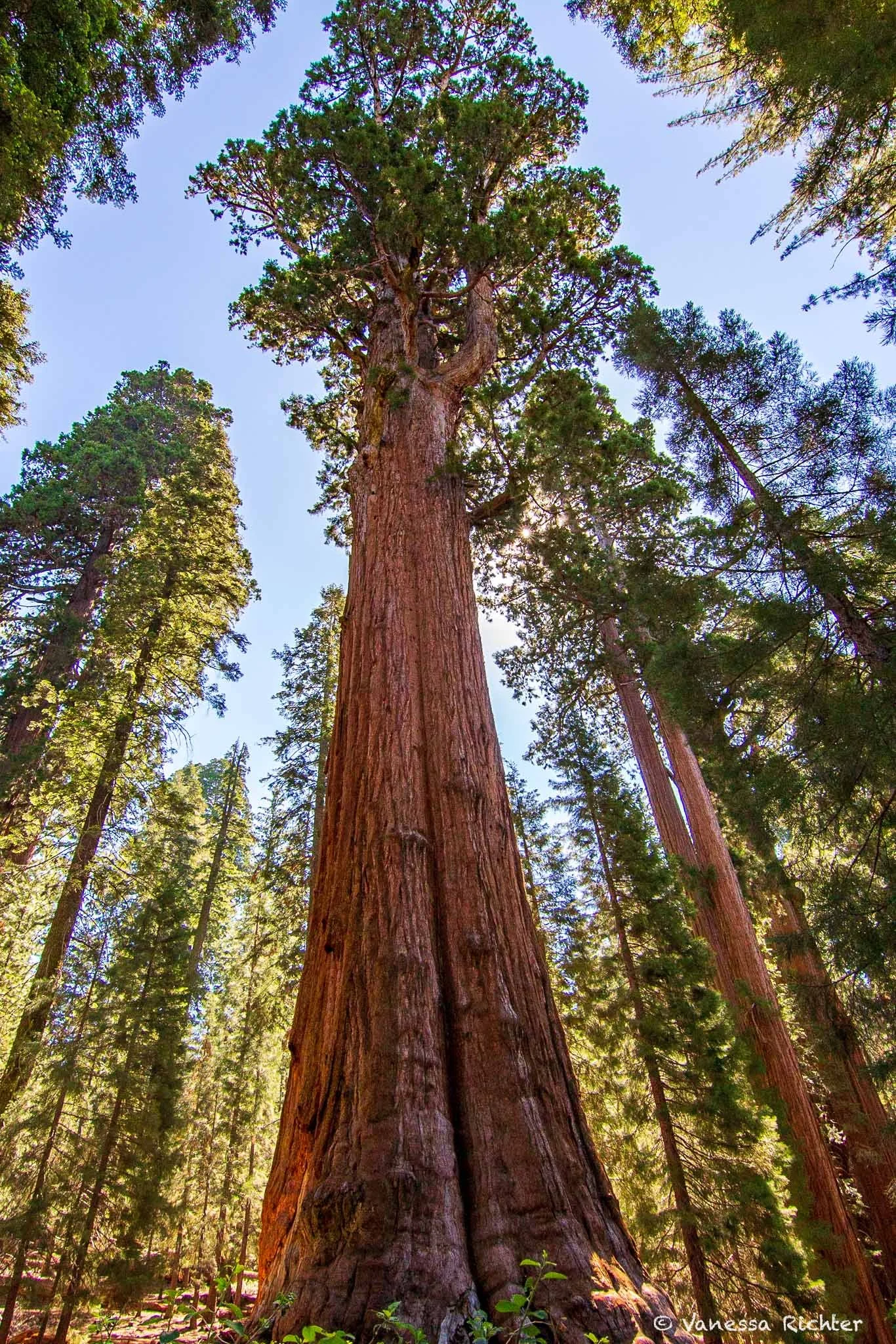


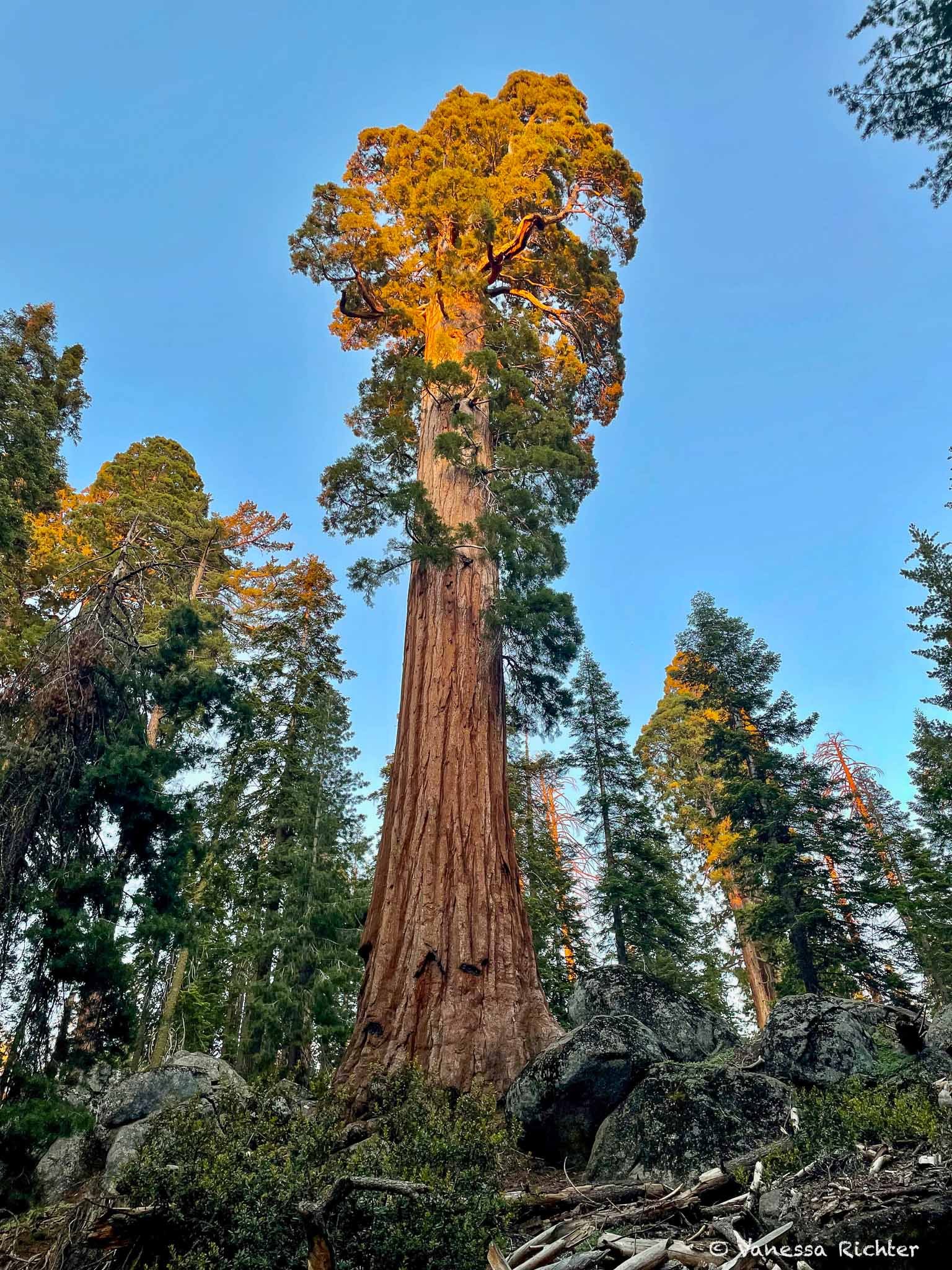
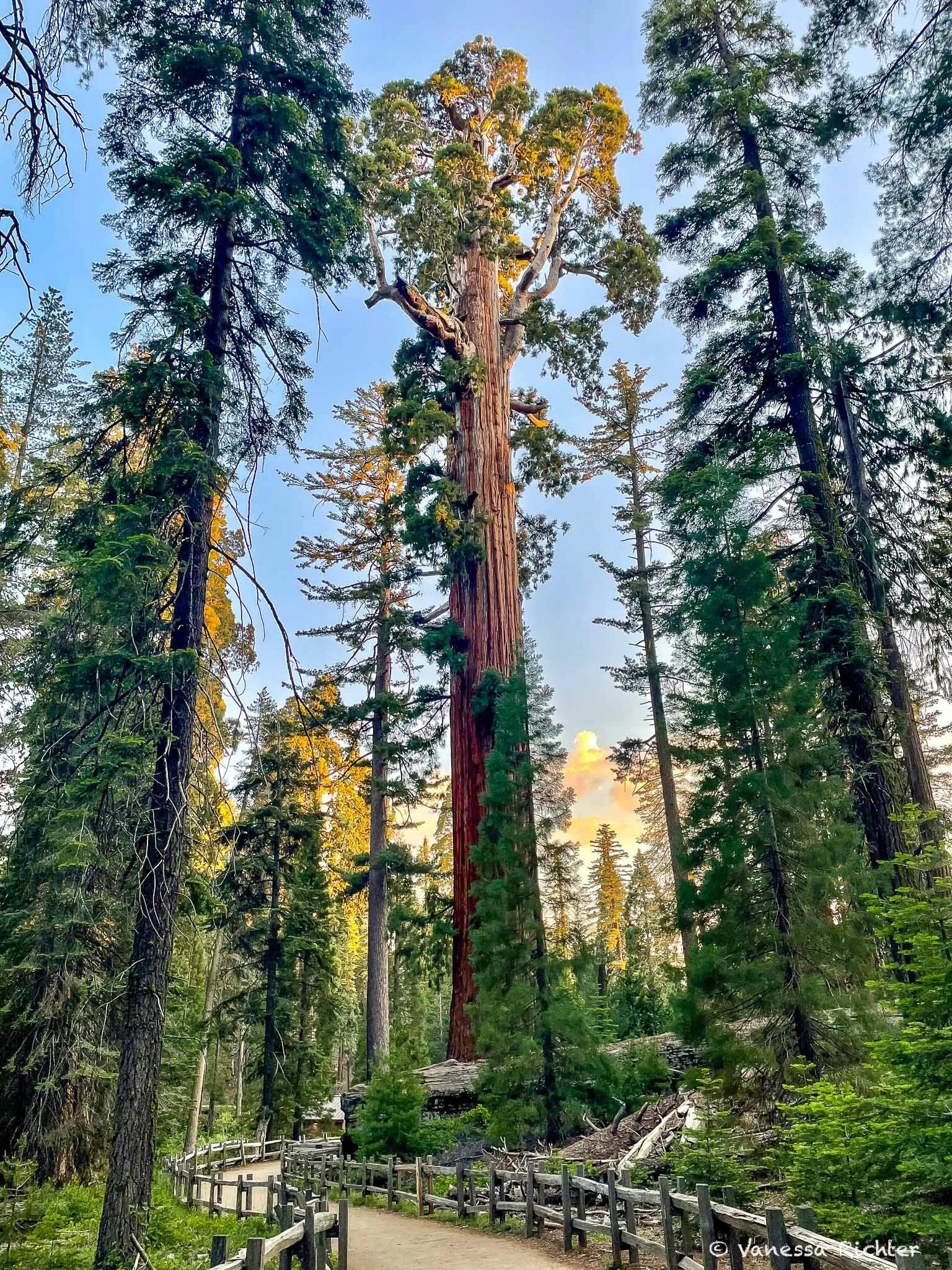

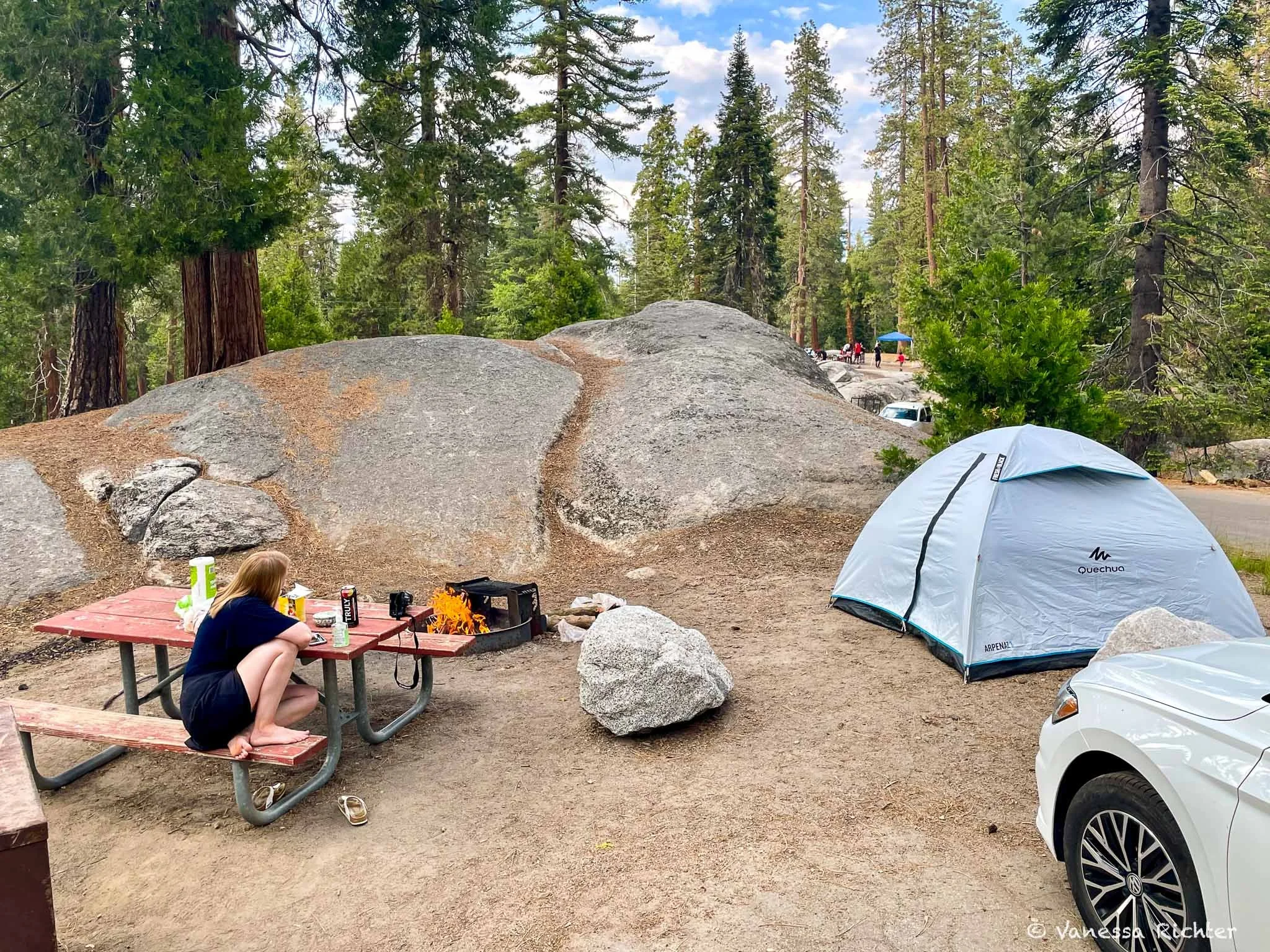


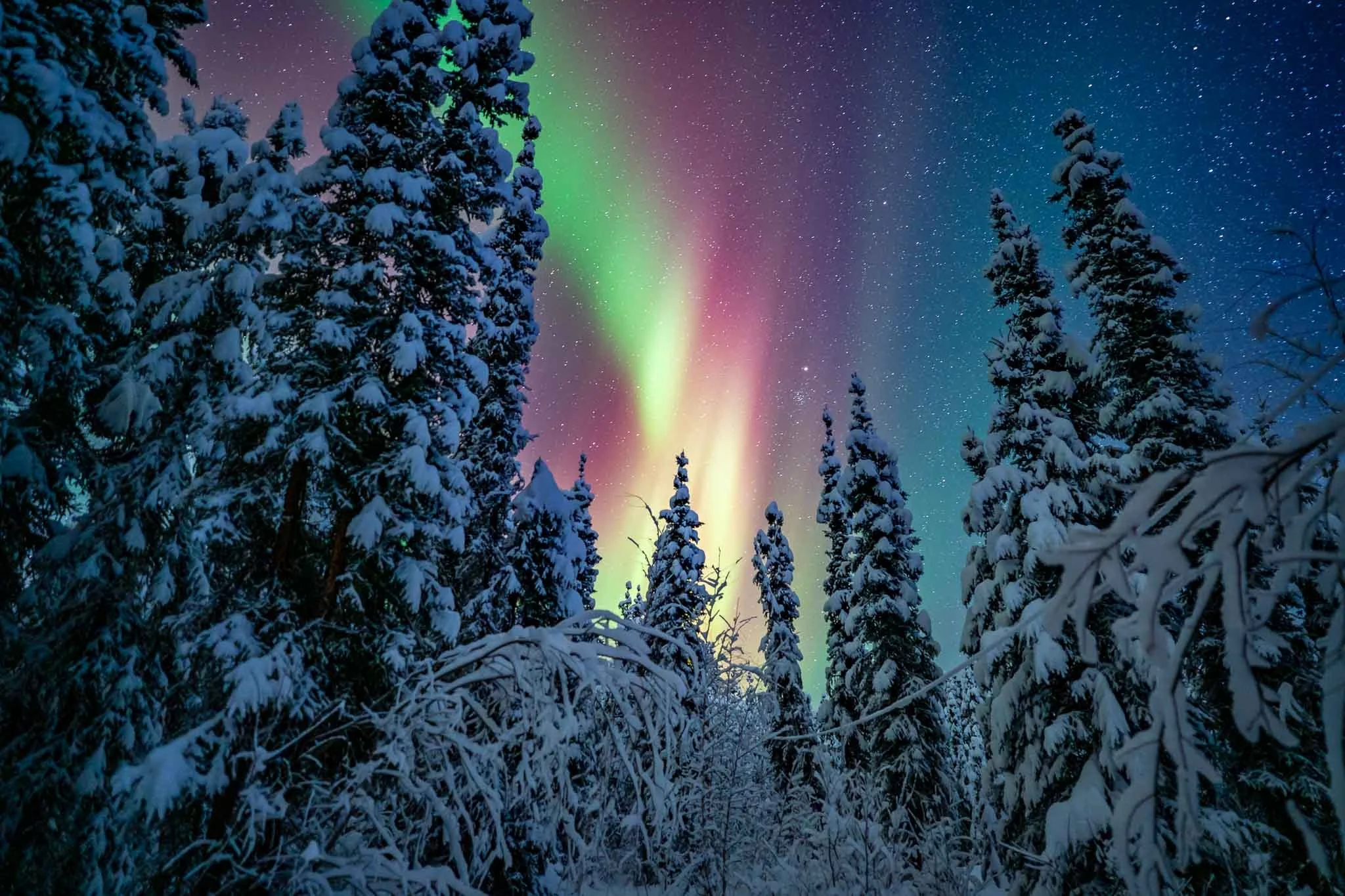

What was that? It sounded like someone or something broke a bunch of thicker branches and I immedetly knew that it was impossible that a squirrel, a mouse or even a coyote could have caused this. The trail was rather narrow at this point. To my left side, there were thick bushes that were hiding the river down in the valley below us. The sound was so close. It must have come from these bushes! I turned my head to the left and all I could see was fur in the midst of greenery, A LOT of brown fur.